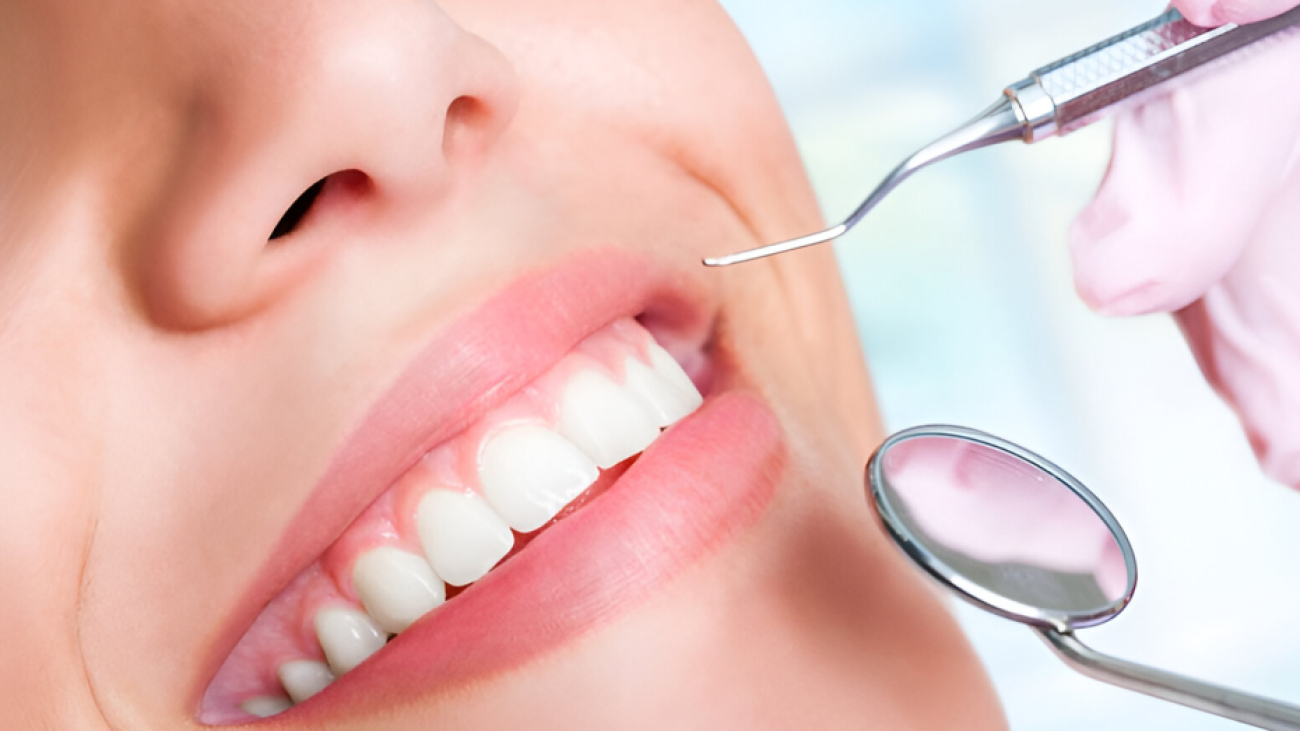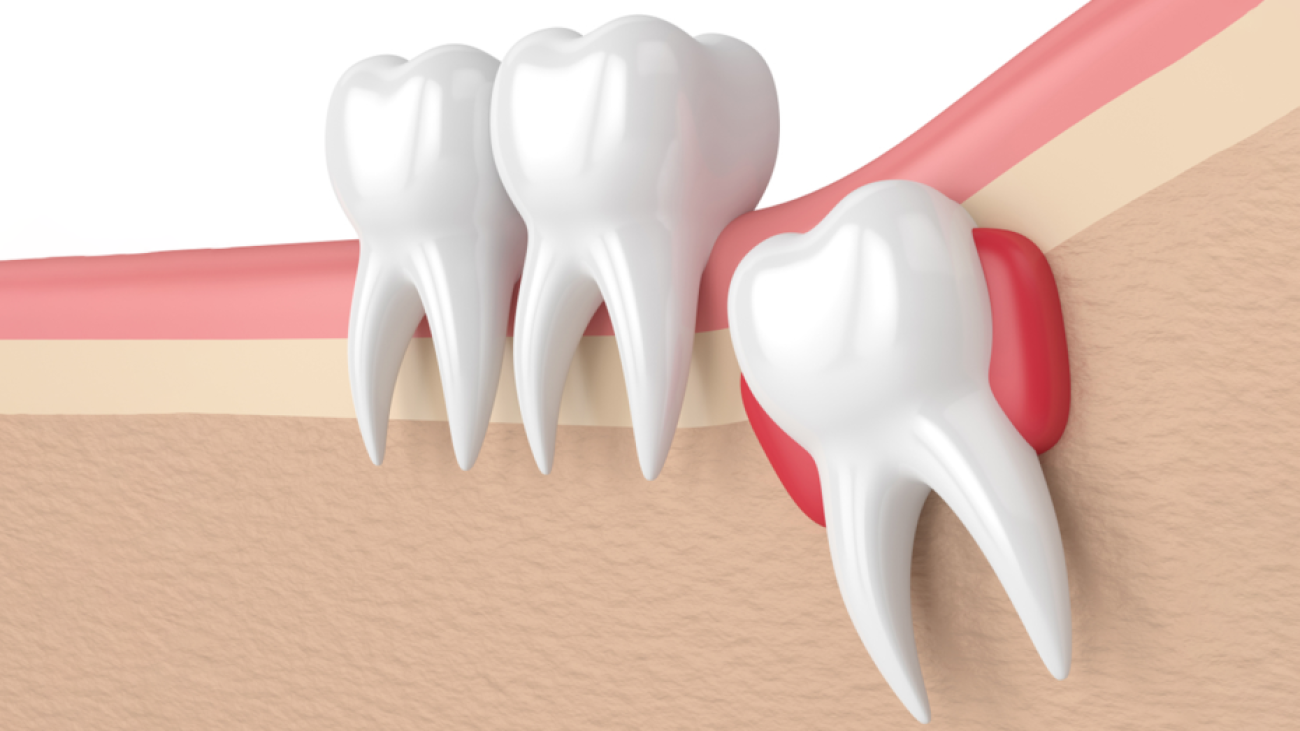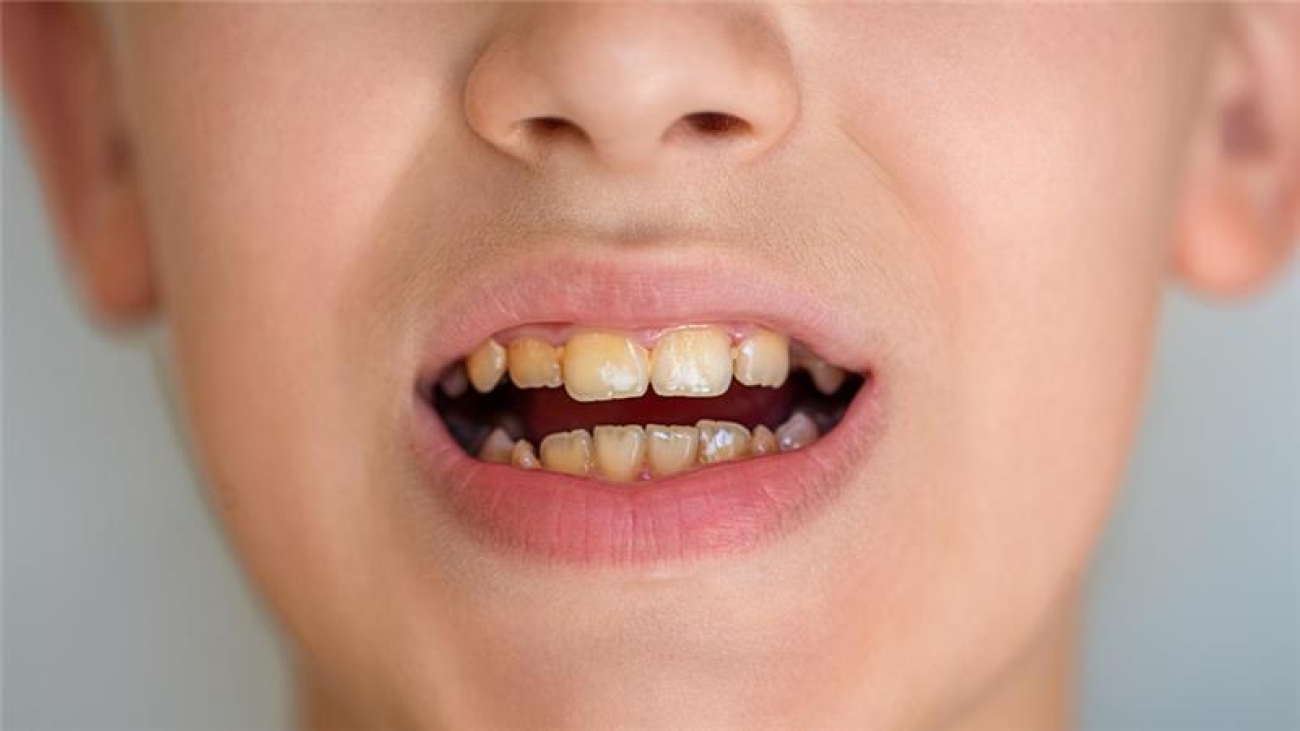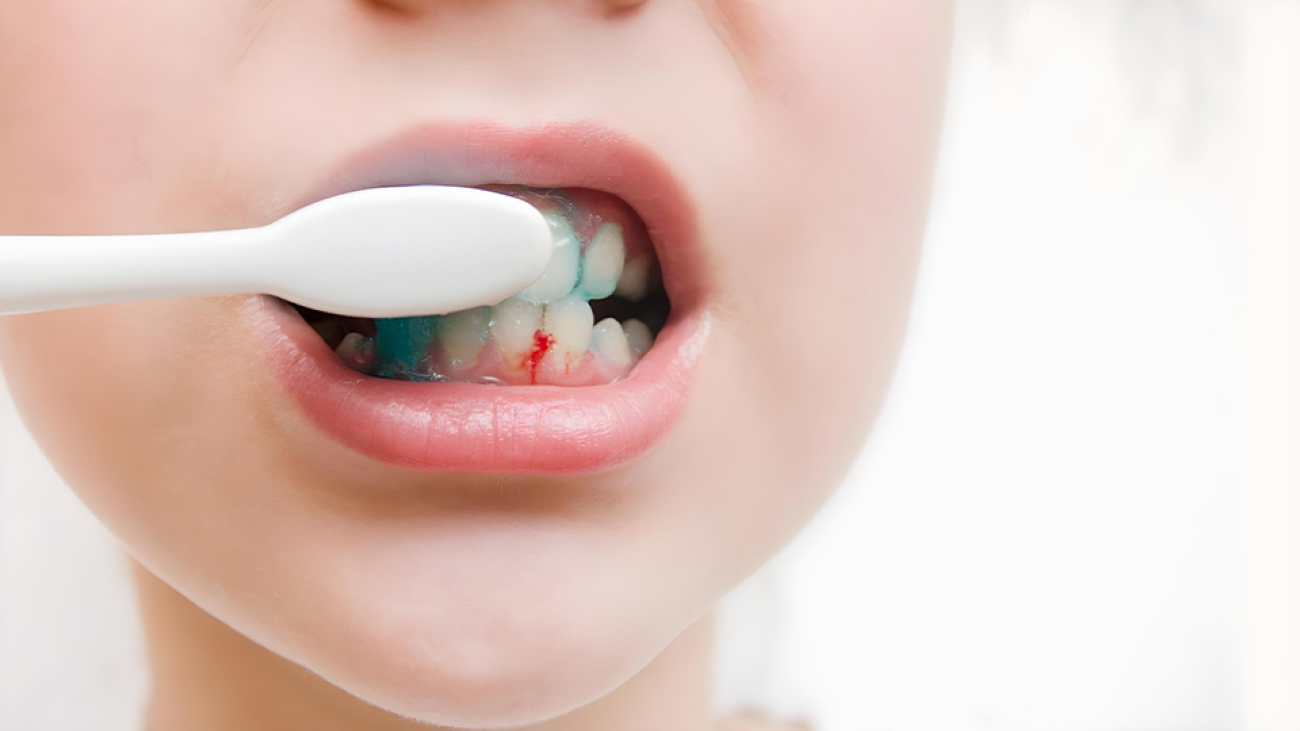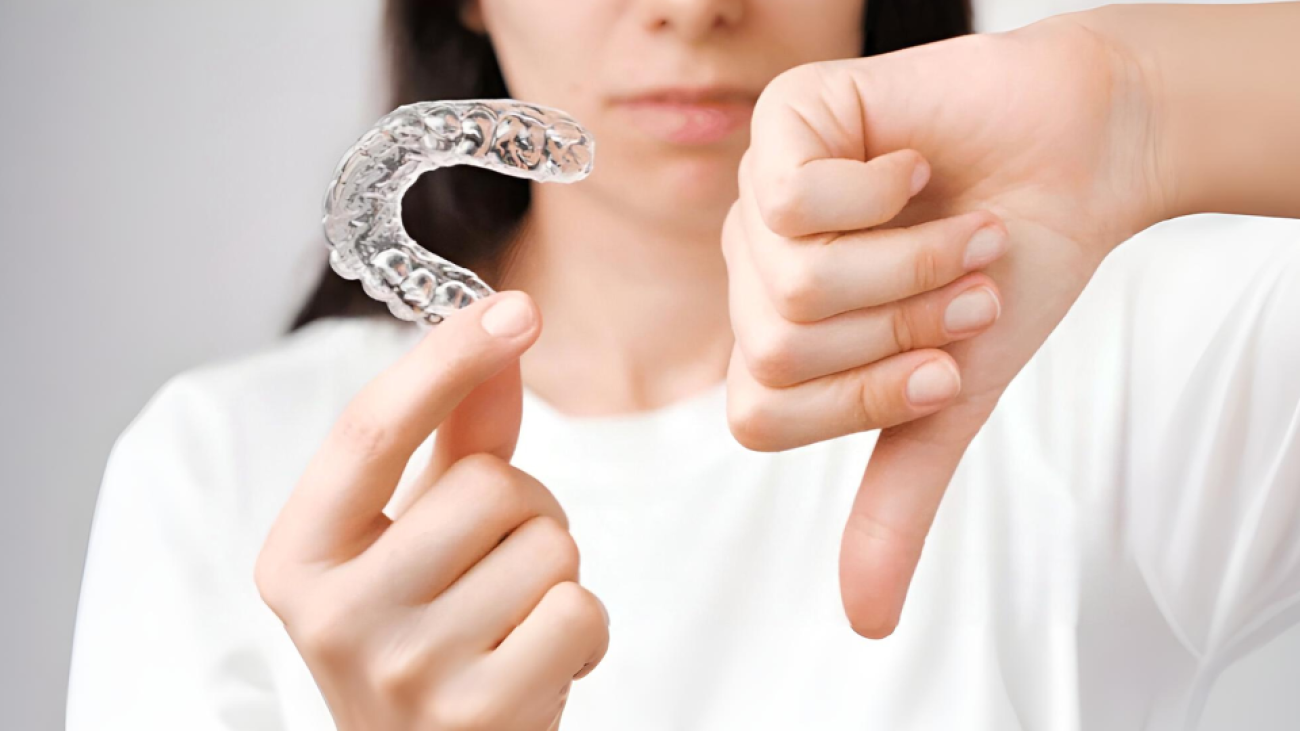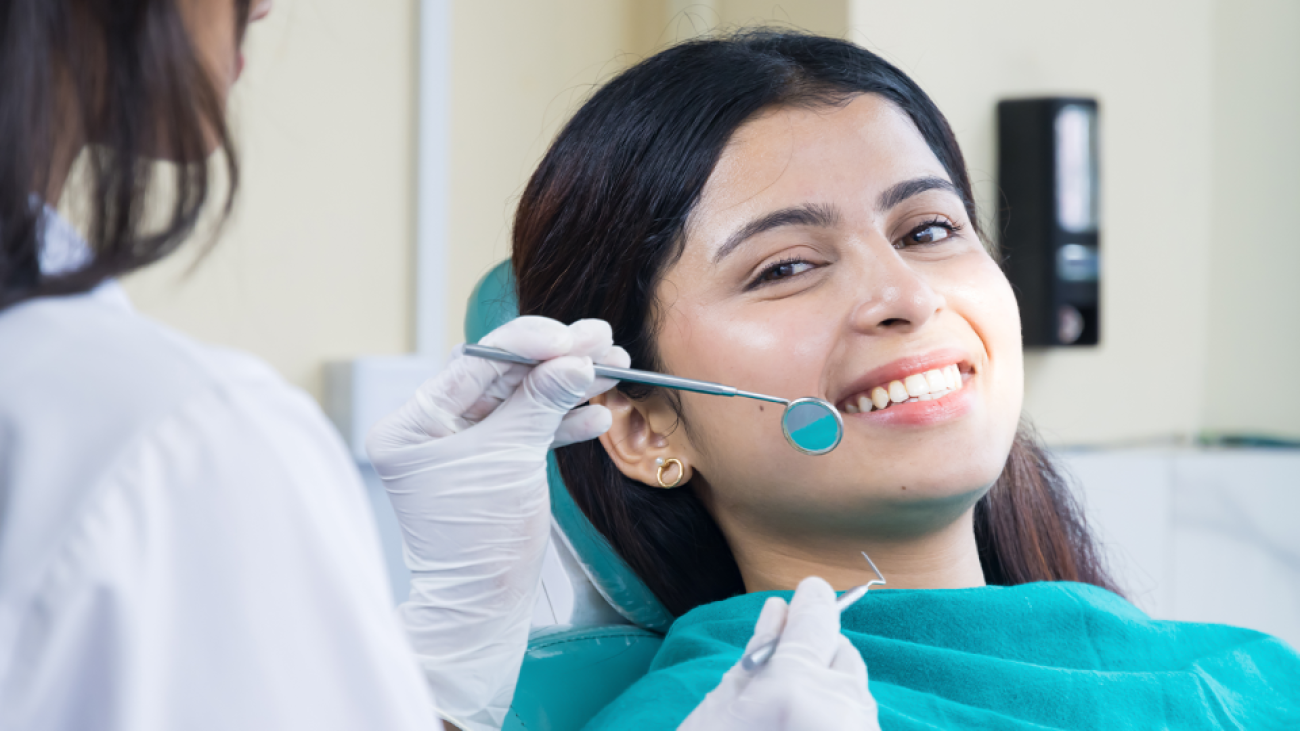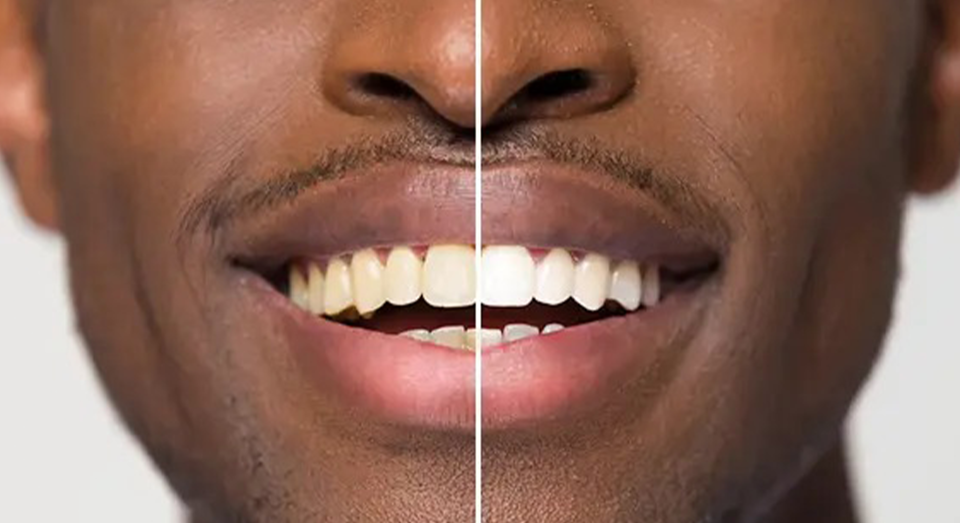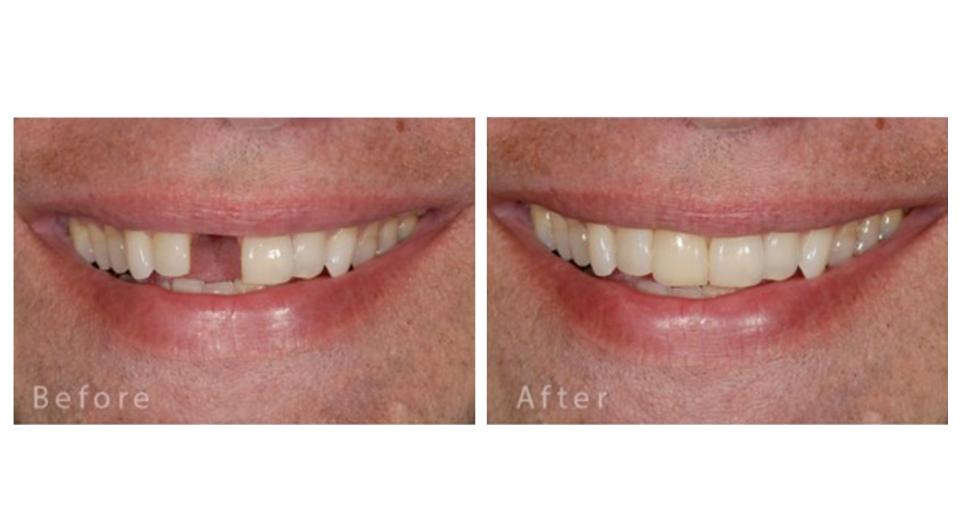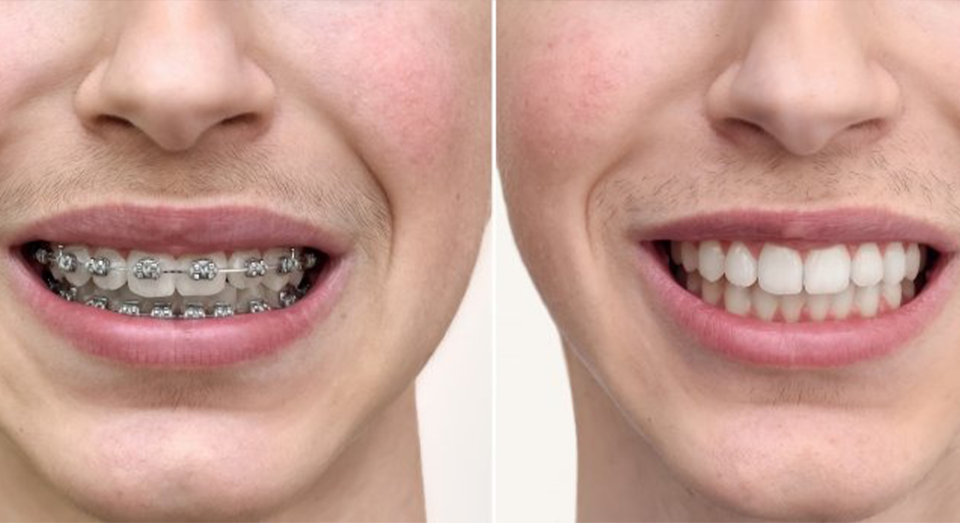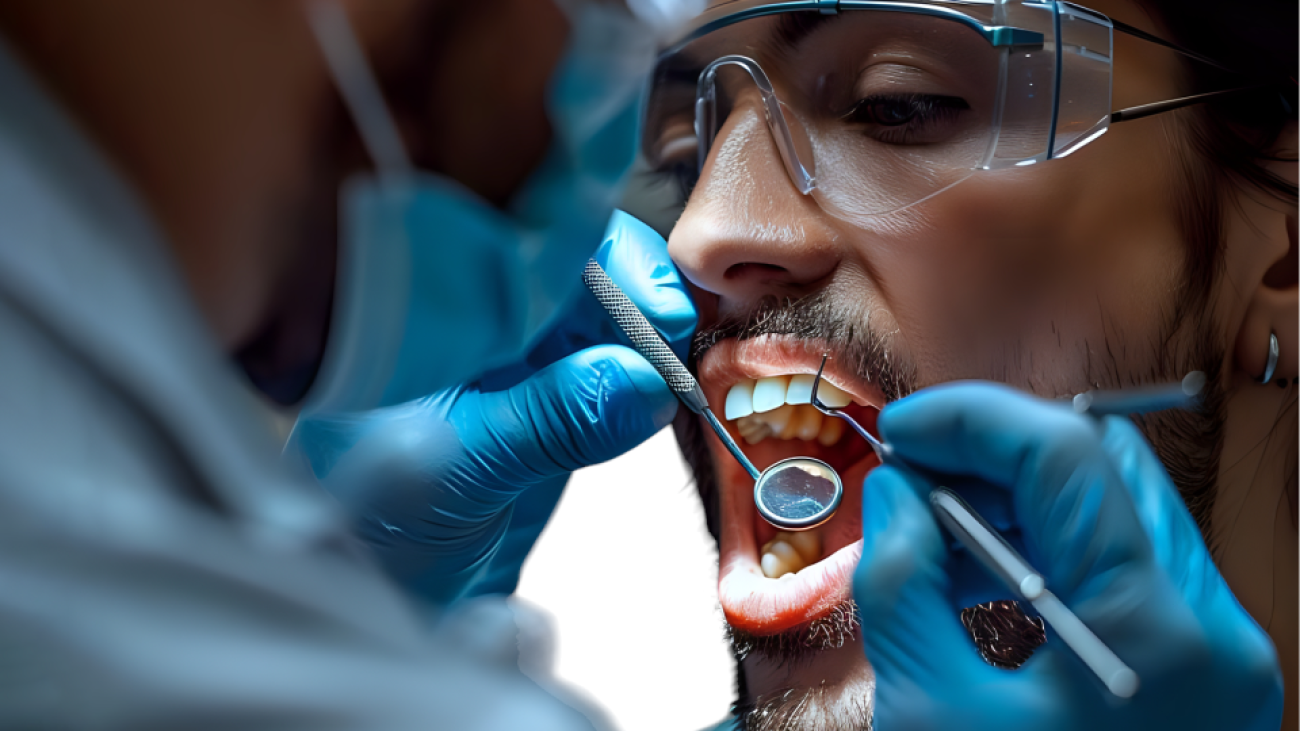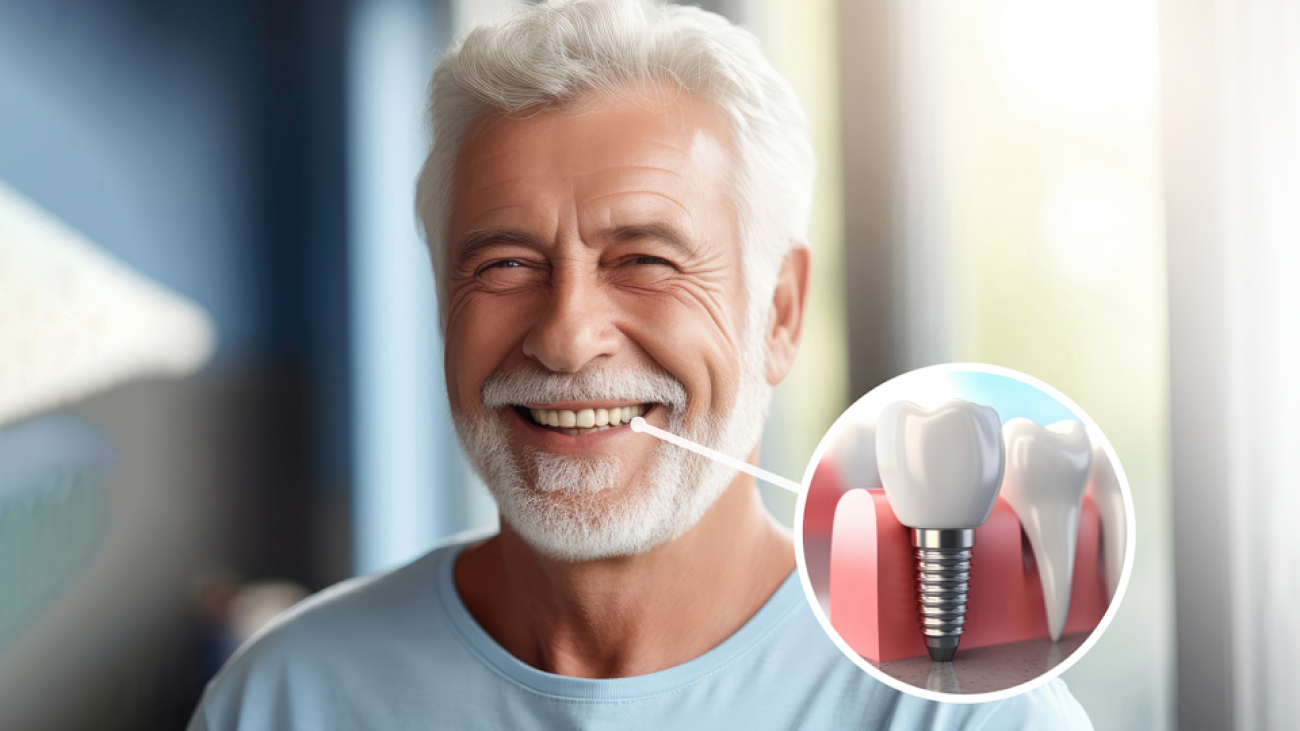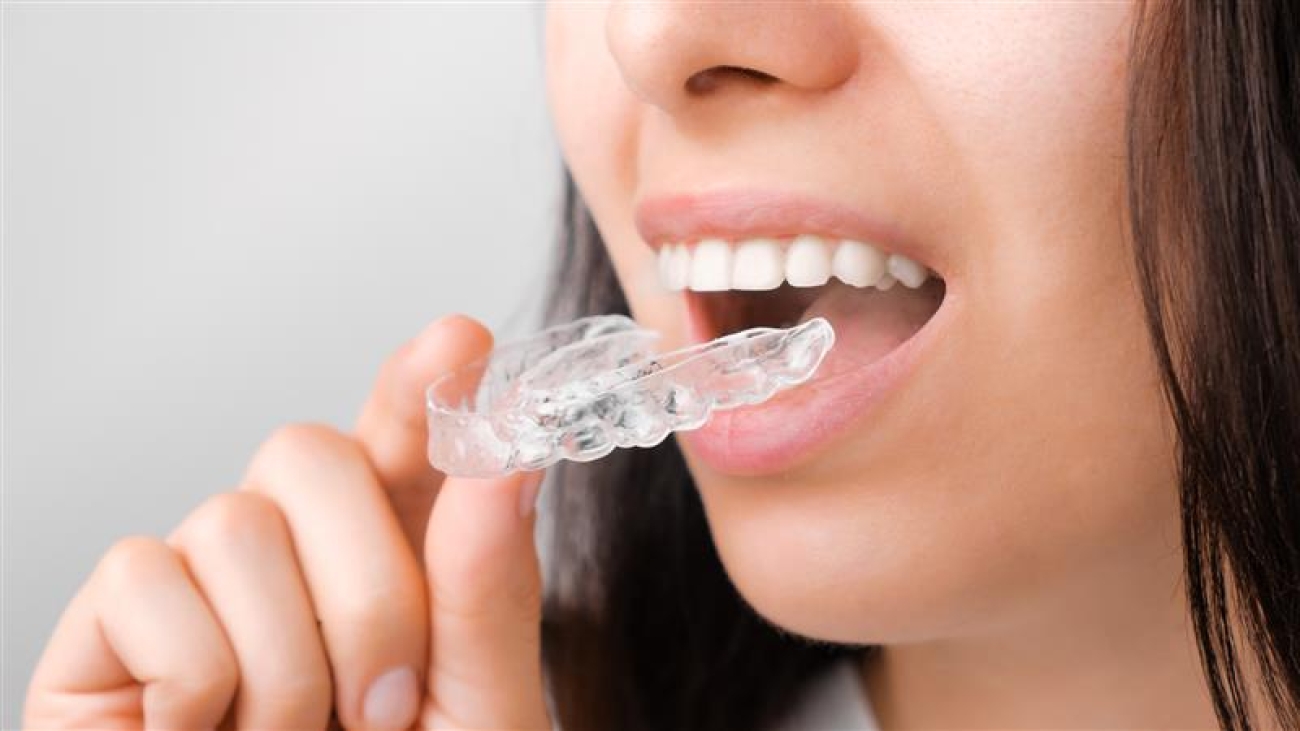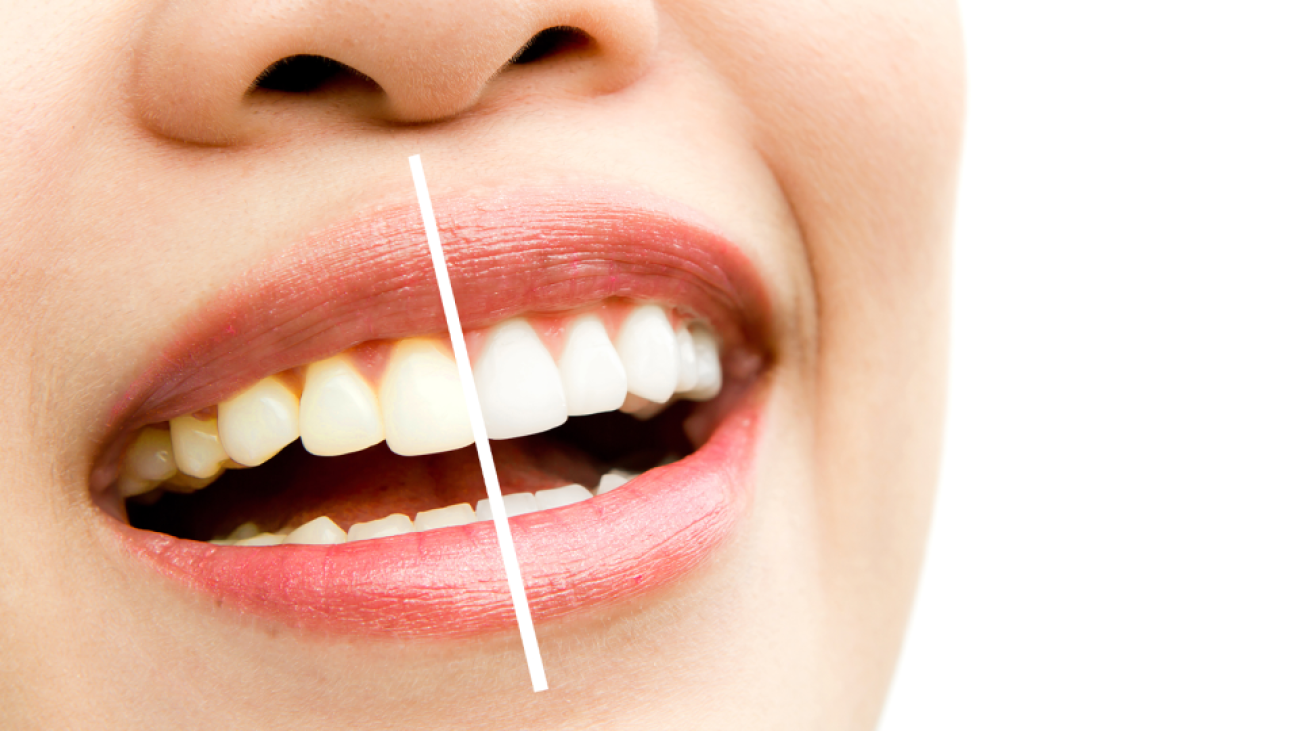We often confuse teeth whitening and cleaning because of their results – a brighter and better smile. Although that part is correct, the treatment methods, procedures, and contents are different.
Teeth whitening affects the surface, while teeth cleaning removes stains caused by food or lifestyle habits. This is the basic difference to help you choose the right one.
As you continue, you will understand the difference between teeth whitening and cleaning.
What Is Teeth Whitening?
Teeth whitening brightens the teeth’s natural colour. This cosmetic dental treatment makes teeth up to two shades whiter. Since it works on the surface, it does not alter the structure.
Common methods include home bleaching and professional bleaching. The whitening agents provide safe and effective results when used under dental supervision.
What Is Teeth Cleaning?
Teeth cleaning is a professional dental procedure that removes plaque, tartar, and stains to maintain oral health. The dentist performs scaling to remove plaque and hardened tartar, followed by polishing for a smooth surface and to prevent future buildup.
There is no strict criterion for teeth cleaning; everyone should visit a dentist every six months. Those with gum problems may need more frequent visits.
The primary goals are preventing cavities, gum disease, bad breath, and tooth loss, and promoting healthy teeth and gums.
Differences: Teeth Whitening vs. Teeth Cleaning
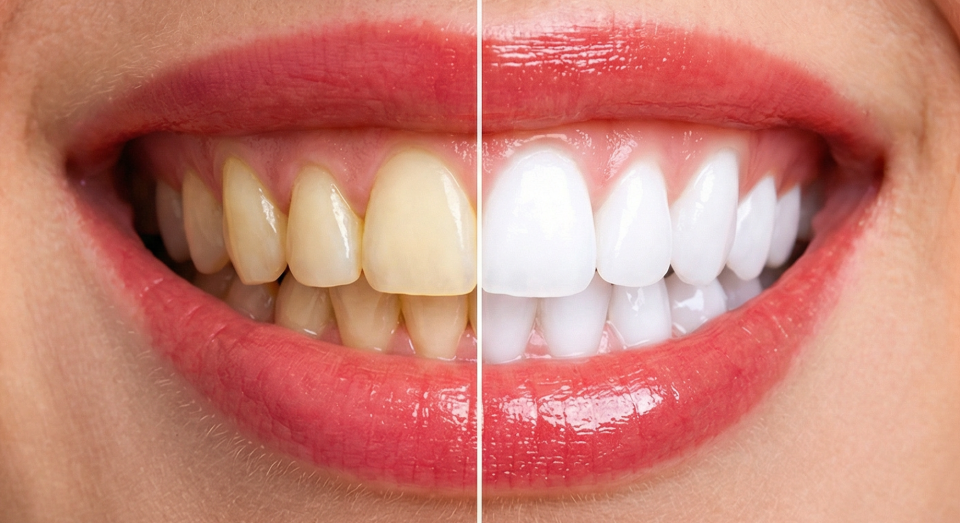
1. Purpose
Teeth whitening improves the shade of the teeth to a whiter shade
Teeth cleaning removes plaque, tartar, and bacteria.
2. Procedure
Teeth whitening uses gel or laser-activated bleaching agents to lighten teeth.
Teeth cleaning employs scalers and polishers to clean above and below the gumline.
3. Product Strength
Whitening uses mild bleaching agent to whiten the teeth
Cleaning does not use bleaching chemicals.
4. Expected Results
Whitening restores natural tooth colour and brightness.
Cleaning removes surface stains and restores the natural shade.
5. Ideal Candidates
Whitening is suitable for those with mild to moderate stains.
Cleaning is recommended for everyone.
6. Cost & Longevity
Whitening is affordable but requires routine touch-ups.
Cleaning is affordable and lasts a few months with regular maintenance.
7. Sensitivity Risks
Whitening can cause temporary sensitivity, usually subsiding in a few days.
Cleaning might cause mild, temporary sensitivity in some cases.
When Is It Time for a Professional Teeth Cleaning?
Signs include persistent bad breath, yellow or brown stains, bleeding gums, increased sensitivity, tartar buildup, and a rough feeling on teeth.
Frequency is typically every six months. Those with gum disease, heavy plaque, or orthodontic appliances may need more visits.
Beyond appearance, cleaning helps preserve oral health by removing plaque and tartar that brushing alone can’t. It supports healthy gums and prevents tooth loss, cavities, and gum disease.
When Is Teeth Whitening the Better Choice?
Ideal for those with coffee, tea, or tobacco. Professional teeth whitening brightens dull or yellow teeth. It mainly affects surface stains and doesn’t remove intrinsic stains caused by trauma, medications, or developmental issues.
Candidates should wait or seek alternatives if pregnant or undergoing extensive restorations.
Is It Possible to Have Both Teeth Cleaning and Whitening?
Yes, usually professional teeth cleaning is done first to remove plaque, tartar, and surface stains, then whitening is performed for the best results. They’re often done on the same day or with a short break.
This combination results in brighter, healthier teeth and gums.
Cost Comparison
Teeth cleaning costs roughly 1000-2500. Professional teeth whitening costs about 10,000-15,000.


